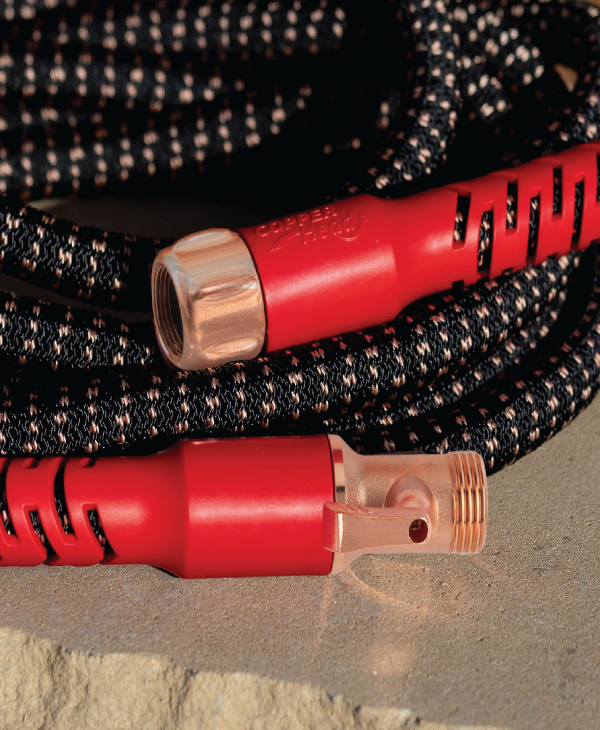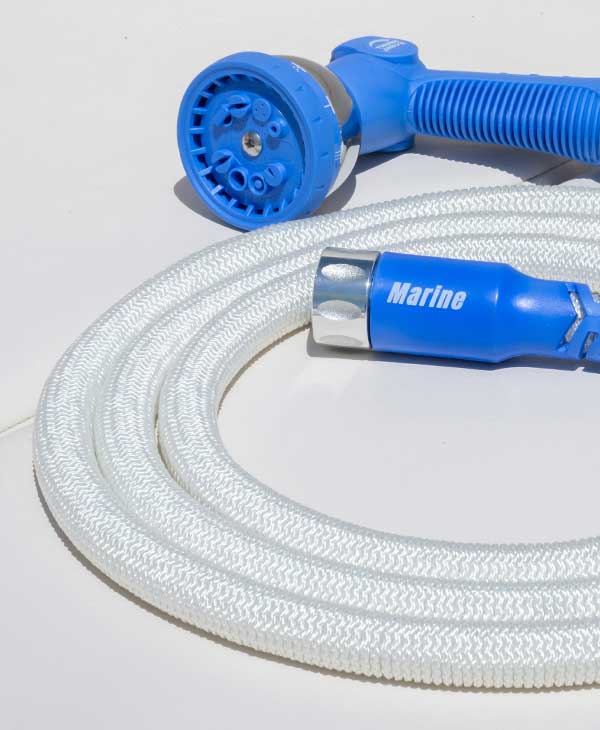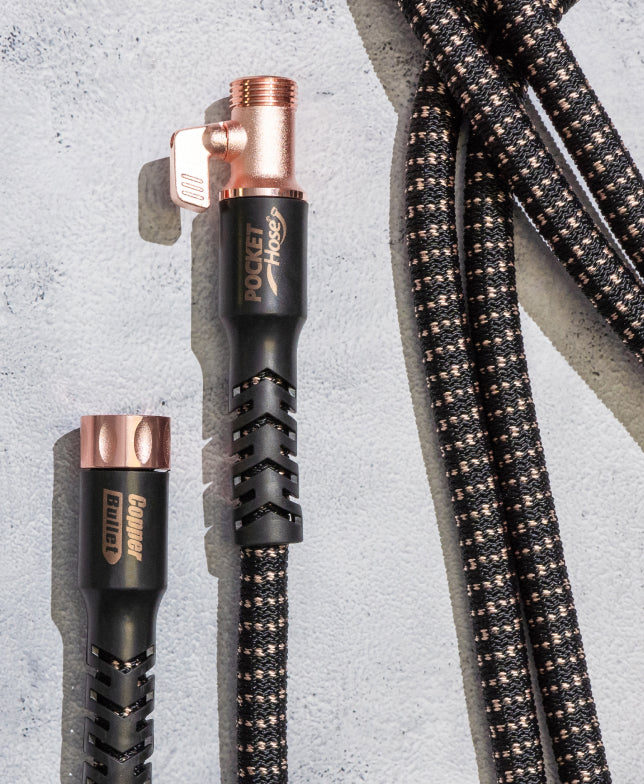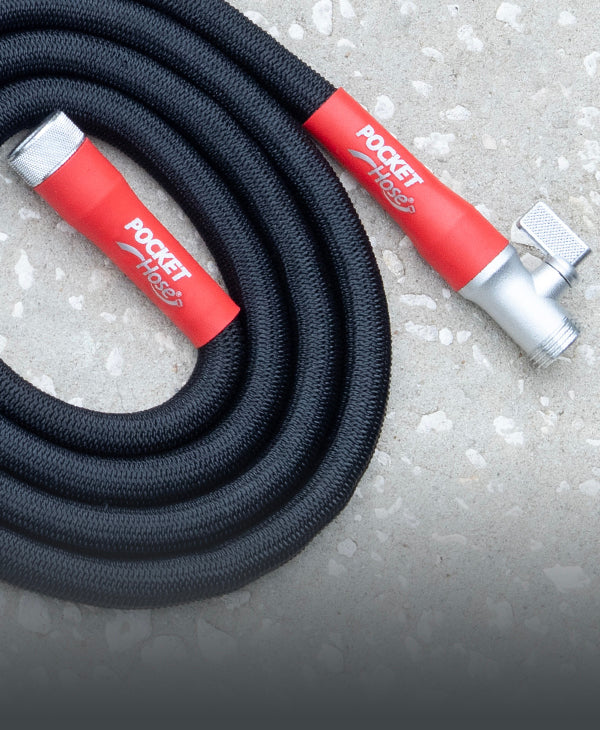Few tasks are as essential and satisfying as pruning. This crucial aspect of garden maintenance enhances the aesthetic appeal of your plants and promotes their healthy growth and longevity. In this comprehensive guide, we will delve deep into the best practices for pruning plants, offering you a wealth of plant care tips that will make your garden the envy of the neighborhood.
Why Pruning is Essential
At its core, pruning involves the selective removal of specific plant parts, such as branches, buds, or roots. Although it might seem counterintuitive to cut away parts of a plant, this practice holds numerous benefits. Here are some reasons why pruning is essential:
- Encourages Healthy Growth: Removing dead or diseased parts helps the plant redirect its energy towards new growth, leading to a healthier and more robust plant.
- Enhances Appearance: Pruning helps shape plants and control their size, making them visually pleasing.
- Increases Flowering and Fruit Production: Proper pruning can stimulate the plant to produce more flowers and fruits.
- Prevents Disease: Removing affected parts of the plant reduces the likelihood of spread, keeping your garden healthier.
- Improves Air Circulation: Thinning out dense areas allows for better airflow, crucial for preventing mold and other issues.
Tools You'll Need
Before you start snipping away, gathering the right tools for the job is crucial. Here are some essential tools for pruning:
- Pruning Shears: Ideal for small branches and stems, pruning shears are a must-have for any garden enthusiast.
- Loppers: A pair of loppers will provide the leverage and cutting power you need for thicker branches.
- Pruning Saw: A pruning saw is necessary for very thick branches to make clean cuts.
- Pole Pruner: A pole pruner ensures you can prune safely from the ground for branches out of reach.
- Gloves: Protect your hands from thorns, splinters, and sharp objects with a good pair of gardening gloves.
Best Practices for Healthy Pruning
Now that your tools are ready, explore some healthy pruning techniques to ensure your plants thrive.
1. Understand the Plant’s Growth Habit
Each plant has its growth habit, which is crucial for effective pruning. Here are a few tips:
- Deciduous vs. Evergreen: Deciduous plants shed their leaves annually, whereas evergreens retain foliage. Pruning techniques and timing differ for these plants.
- Growth Patterns: Some plants grow in a manner that naturally restricts their size, while others can become invasive if not maintained.
2. Prune at the Right Time
Timing is everything when it comes to pruning. Here are some general guidelines:
- Winter Pruning: Ideal for most deciduous trees and shrubs, as it encourages vigorous growth in the spring.
- Spring Pruning: This is best for plants that flower in late summer and fall, allowing them to set buds during spring and early summer.
- Summer Pruning: Helps control plant size and shape, particularly for fast-growing plants.
- Fall Pruning: Generally not recommended, as it can stimulate new growth that will be damaged by winter cold.
3. Make Clean Cuts
How you cut a branch can affect the plant’s healing ability. Follow these tips for making clean cuts:
- Use Sharp Tools: Always ensure your tools are sharp to make clean cuts that heal quickly.
- Angle Your Cuts: Make cuts at a 45-degree angle to prevent water from settling in the cut, which can lead to rot.
- Cut Close to Buds: When removing a branch, cut just above a bud or lateral branch to minimize damage and promote healthy growth.
4. Remove Dead or Diseased Wood First
Always start by removing any dead, diseased, or damaged wood. This not only improves the plant’s appearance but also prevents the spread of disease.
5. Thin Out Dense Growth
Thinning out dense areas of the plant improves air circulation, reduces the risk of disease, and allows more light to reach the inner parts of the plant. Here are some tips:
- Remove Crossing Branches: Branches that cross or rub against each other can cause wounds that become entry points for disease.
- Selective Thinning: Remove entire branches back to the main stem or trunk rather than just cutting off the ends.
Specific Plant Care Tips
Different types of plants have different pruning needs. Here are some specific garden maintenance and plant care tips for common plants:
Trees
- Young Trees: Focus on establishing the tree’s structure by removing competing branches.
- Mature Trees: Remove dead, diseased, or crossing branches to maintain health and safety.
- Fruit Trees: Prune in late winter to early spring to open the canopy and allow better air circulation and light penetration.
Shrubs
- Flowering Shrubs: Prune immediately after flowering to avoid cutting off next season's flower buds.
- Evergreen Shrubs: Light pruning in early spring can help shape the plant and encourage new growth.
- Deciduous Shrubs: Prune in late winter to early spring, focusing on removing dead wood and thinning out dense areas.

Perennials
- Summer-Blooming Perennials: Prune in early spring before new growth starts.
- Spring-Blooming Perennials: Prune immediately after flowering to shape the plant and encourage new growth.
- General Maintenance: Deadhead spent flowers throughout the growing season to encourage continuous blooming.
Vines
- Flowering Vines: Prune after flowering to control growth and remove dead or diseased wood.
- Climbing Vines: Prune in late winter or early spring before new growth starts to keep the vine manageable and promote healthy growth.
The Importance of Regular Inspection
Regularly inspecting your plants allows you to catch problems early and address them before they become serious. Here’s what to look out for:
- Signs of Disease: Look for discoloration, spots, or unusual growths on leaves and stems.
- Insects and Pests: Check for signs of insect damage, such as holes in leaves or sticky residue.
- Structural Issues: Look for branches that are crossing or rubbing and any areas of the plant that seem overcrowded.
Why You Need a Pocket Hose Copper Bullet
No garden maintenance routine is complete without the proper watering tools. One such indispensable tool is the Pocket Hose Copper Bullet. Here’s why it’s essential to have one on hand:
- Durable Construction: The Pocket Hose Copper Bullet is built to last, with an anti-burst outer sleeve that resists wear and tear.
- Lightweight and Flexible: Unlike traditional hoses, the Pocket Hose Copper Bullet is lightweight and easy to maneuver, making it perfect for watering plants in hard-to-reach areas.
- Compact Storage: When not used, the hose retracts to a small, manageable size, making storage a breeze.
A reliable and efficient watering system is crucial for maintaining healthy plants. The Pocket Hose Copper Bullet makes it easy to water your garden, providing the hydration your plants need to thrive.
Final Thoughts
Pruning is an essential skill for any gardener, and mastering the art of pruning can make a world of difference in the health and appearance of your garden. Following these healthy pruning techniques and plant care tips ensures that your plants remain vibrant and beautiful year-round. Remember to inspect your plants regularly, use the right tools, and prune at the appropriate times to keep your garden looking its best. Happy pruning!





Leave a comment
This site is protected by hCaptcha and the hCaptcha Privacy Policy and Terms of Service apply.